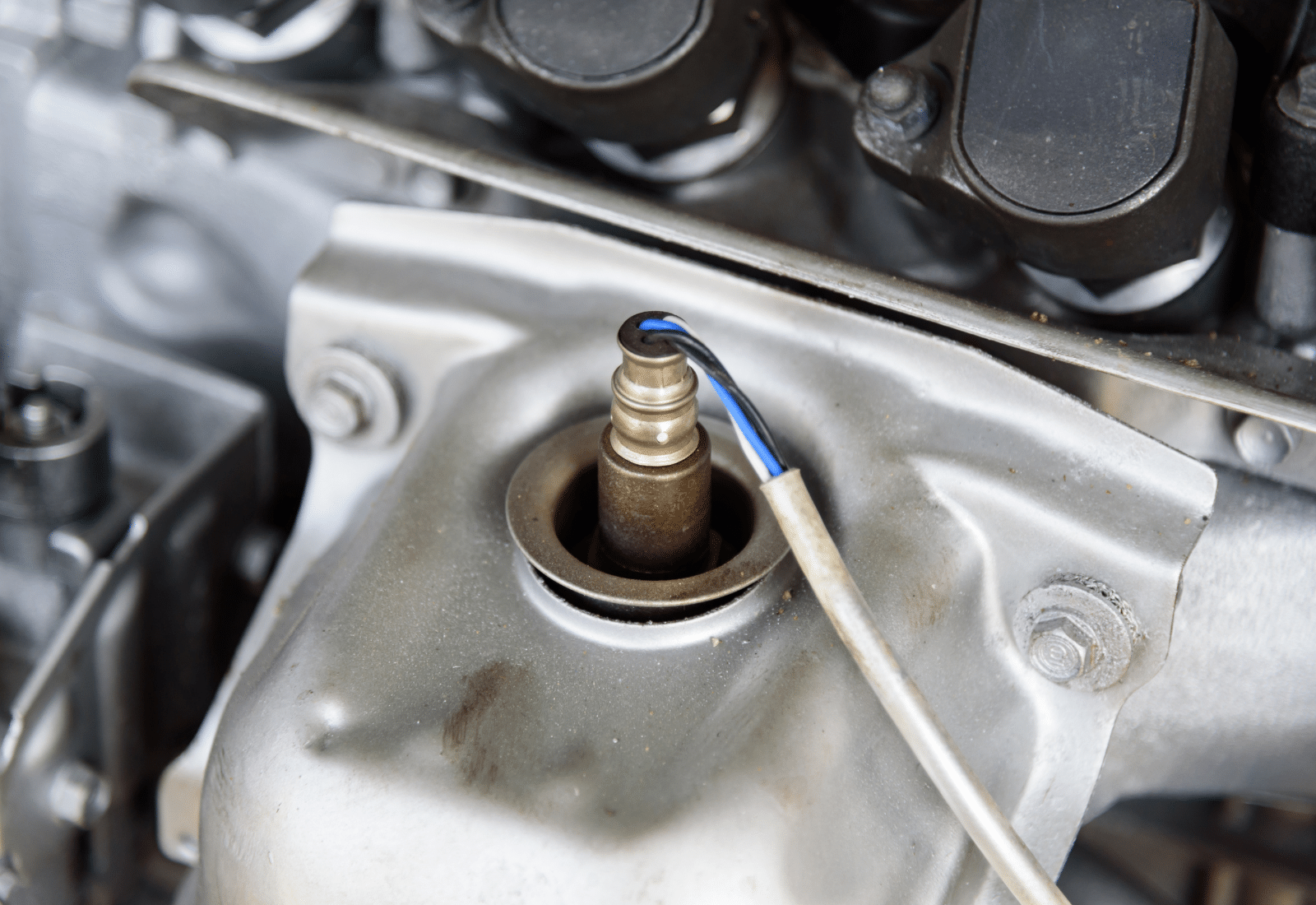
Oxygen sensors play an intricate role in controlling the emissions of a vehicle. These sensors, also known as O2 or Air-fuel sensors, monitor the level of oxygen in the exhaust gases of the engine. This real-time information is used by the engine control unit (ECU) to adjust the air-fuel mixture, ensuring optimal fuel-air ratio for combustion and maximum fuel efficiency. Proper function of the catalytic converter is monitored by two of these sensors: one upstream and the other downstream in the gas leading into and out of the converter. The storage of is determined by the comparison of voltage signals within the system itself.
Sensor Configuration
One may hear that an oxygen sensor is a four- wire sensor, but in reality, these sensors have one primary circuit, often referred to as the signal wire. This wire goes to the engine control module (ECM). We hear about oxygen sensors being referred to as a multi-wire system because there are other wires are for ground, control, and power supplied to the heater. The sensors in modern vehicles play an integral part of the emissions control system by helping the vehicle meet regulatory standards for internal combustion engine emissions. A malfunctioning oxygen sensor can lead to poor fuel economy, increased emissions, and potential engine performance issues. Long-term operation of an engine without properly functioning air-fuel and oxygen sensors may result in internal engine damage.
The Role of Catalytic Converters
Another part of the system is the vehicle’s catalytic converter, which is a three-way system that helps clean the NOx, HC, and CO emissions within the engine’s exhaust system. The common three metals that make up this converter are platinum, palladium, and rhodium. These convert the emissions in two stages.
During the first stage, the catalyst breaks down NOx into free nitrogen (N2) and free oxygen. Then, the oxygen portion further oxidizes CO into less harmful carbon dioxide (CO2).
In the second stage, the oxygen-enriched emissions pass over an additional catalyst that assists in the further oxidation of HC and CO into water vapor and carbon dioxide.
In a fully effective and properly working catalytic converter, all three pollutants are successfully broken down only if the exhaust gas contains a slight amount of oxygen. Therefore, for a qualified mechanic to properly check the efficiency of a converter, two oxygen sensors are required.
Contact Hollenshade’s for Baltimore Oxygen Sensor Servicing
For expert oxygen sensor repair in Baltimore, you can rely on Hollenshade’s Auto Service. With decades of experience in the automotive industry, our highly skilled technicians are dedicated to providing clear, accurate diagnostics and quality oxygen sensor services for all of your needs. Whether you’re experiencing issues with sensor functionality, a check engine light, fuel efficiency, or overall engine performance, we have the knowledge and tools to address them effectively.
When you choose Hollenshade’s for your Baltimore oxygen sensor servicing, you can trust that your vehicle is in capable hands. We prioritize customer satisfaction and strive to exceed your expectations with every service visit. Don’t let malfunctioning oxygen sensors compromise your vehicle’s performance and emissions compliance – contact Hollenshade’s Auto Service today for expert assistance and peace of mind on the road.
